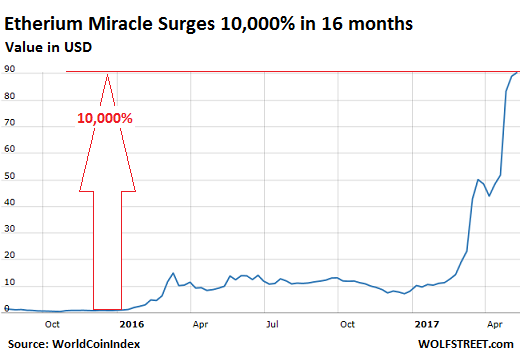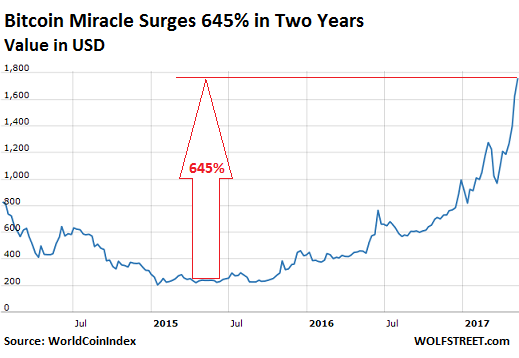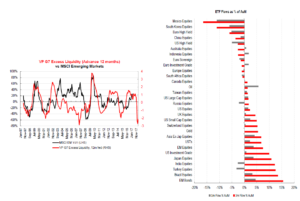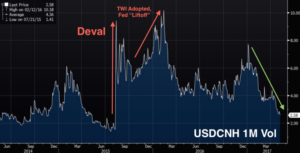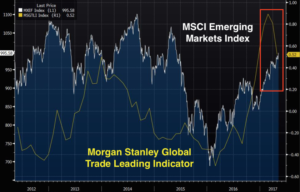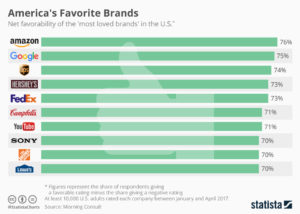Bank drilling hole in safe deposit box over missing information
Three different Bank of America customers in san Francisco say they were blindsided when the bank recently drilled and emptied their safe deposit boxes without their permission or the required notice. They say the bank then lost or damaged tens of thousands of dollars’ worth of property that was removed from those boxes. However, most shocking for some, the bank drilled the boxes due to missing account information that the customers say the bank had all along. According to the Office of Comptroller of Currency, which regulates safe deposit boxes, banks may drill a box without permission due to a court order, search warrant, delinquent rental fees, requests from estate administrators or if the bank is closing a branch. Safe deposit box consultant Dave McGuinn says he’s recently been hired as an expert witness on 17 different cases involving various big banks, and notes that federal law does require banks to provide customers with adequate notice. “Notification should be made by registered letter or certified return receipt letter so the bank has proof that notice was sent out,” McGuinn explained. He trains bank employees on proper safe deposit procedures and says in these cases, Bank of America also had an obligation to flag the customers’ accounts. Most people don’t realize safe deposit boxes are not insured unless you purchase a separate policy from a third-party insurer or add a rider to your homeowner’s policy. Many are also shocked to find out that the banks’ liability is limited under the rental agreement. consumers have little recourse when a bank decides to drill a box and subsequently damages or loses the valuables inside. They say lawyers generally don’t take these cases unless the losses exceed tens of thousands of dollars and banks rarely reimburse customers for losses on their own accord.
Read More
http://sanfrancisco.cbslocal.com/2017/05/06/customers-complain-bofa-is-drilling-safe-deposit-boxes-and-losing-valuables/
Housing for all to kickstart the economy
Private investment has come to a standstill and although more attention is given to job losses in IT sector, the biggest job losses are in construction and real estate sector. Prime minister Narendra Modi’s ambitious plan to build homes for all Indians by 2022 could spark an economic revolution worth $1.3 trillion and kickstart the economy. Between 2018 and 2024, some 60 million new homes are set to be built, mostly under the government’s affordable housing programme, as Asia’s third-largest economy looks to upgrade its people’s quality of life. This is expected to create over 2 million jobs annually and add up to 75 basis points to India’s GDP, brokerage firm CLSA said in a report last week. “The housing sector is at a tipping point and will be the economy’s next big growth driver,” the report said. “The catalyst is the government’s big push for an ambitious housing program. “In the past five years, mortgage rates have dropped 250 basis points, property prices have remained broadly stable and per capita incomes have posted a 10% CAGR,”. The leverage levels in lower to middle income household are low as compared to other countries and hence the debt servicing will be easier in affordable housing segment .
Read More
https://qz.com/979059/indias-economy-is-set-for-a-1-3-trillion-bonanza-from-60-million-new-homes/
Good quality jobs are vanishing in IT, telecom and Finance
So much has been written on job losses in IT sector with all kind of statistics but this article by R jagannthan drowns out the noise and deal with facts . He writes that IT , telecom and financial services job landscape is changing dramatically and he outlines the reasons . One is the shift in demand from plain-vanilla software maintenance and related services to SMAC – short for social media, mobile technology, artificial intelligence and cloud computing. Indian software services, with its emphasis on using cheap engineering skills, cannot any more create jobs only due to the cost arbitrage advantage. It must move up the skills ladder, as lower-skills jobs can now easily be automated. Skills are in demand in SMAC, and not in the old areas where India dominated. This means not only will the IT industry recruit less, but even this lower numbers will be heavily tilted towards high skillsets in SMAC.Two, there is a huge bulge at the middle of the software services sector. Three, India’s biggest market – in North America – is turning protectionist, and H1B visas, will not only be costlier, but may also carry higher minimum wage barriers that deny Indian engineers their cost advantage.
However, the impending diminution of high-quality jobs is not going to be restricted to IT services alone. While IT services are expected to lose over six lakh low-skilled jobs due to automation by 2021, two other sectors – banking and telecom, both in the throes of consolidation due to competition and slimming margins – are also likely to shed jobs. One report puts jobs losses in IT, banking and financial services, and telecom at nearly 1.5 million over the next couple of years.
Banking is changing due to technology. With the advent of the smartphone and e-banking, banks no longer need too many physical branches or even ATMs and credit cards. Kotak Mahindra, for example, has launched an 811 account where you can open an account through an app in five minutes, if you can quote your Aadhaar number and Pan. This app hosts your debit card and enables e-payments to almost anybody. As for telecom, with the entry of Reliance’s Jio, a fully-internet protocol-based mobile service, voice calls have become free and data costs are crashing. This has forced a consolidation in the industry, with Airtel buying out Telenor, Reliance Communications merging with Sistema and Aircel, and Vodafone merging with Idea Cellular. Mergers invariably mean more shared services and shedding of jobs in the merged entity. But the biggest threat to white collar jobs is, by far, automation, with robots taking over factories and even service jobs that are routine.
Put another way, manufacturing is making a comeback in high-cost advanced nation, but it will be creating even fewer jobs than before. This trend is being accentuated by the world’s huge surpluses in capital. According to one report, US corporations held more than $2.6 trillion in untaxed cash offshore. With companies like Apple and Google holding hoards of cash, they are investing even more in cutting-edge technologies like driverless cars and other types of automation that will eat further into jobs. This is not to say that jobs will not be created, but they will be created more downstream, in sales, servicing and consumer tracking. Meanwhile, manufacturing and services companies are hiring people on a contractual basis – jobs that offer low security of service and few long-term benefits.What we are now facing is not necessarily the diminution of jobs, but the decimation of jobs that people would want for themselves.Jobs quality is going to be the first victim, and the new jobs market will have a handful of people with high skills making money hand over fist, and a mass of people with uncertain and poor quality jobs.
This is what the jobs crisis will really be about
Read More
https://swarajyamag.com/business/middle-class-shock-good-quality-jobs-are-vanishing-in-it-finance-and-telecom
Online food delivery growth at 30% last year
Online food delivery in India grew at a staggering pace to reach USD 300 Million in GMV terms in 2016 with food delivery players handling on an average 1,60,000 orders in a day with average order value of Rs 300. The numbers are not big enough to stop the bleeding happening in food startup space in India’s with companies shuttering and downsizing and food tech investments plunging from $500 million in 2015 to $80 million in 2016. However, restaurants and customers have been embracing online food-ordering.
Overall, the restaurant industry in India grew 11% from 2015 to 2016 but was far outpaced by food delivery’s 30% figure in the same period, according to a 2017 RedSeer report. Although this includes all delivery orders placed from the expanding online food-delivery market. Major factors driving the growth in delivery are Changing consumer lifestyle, Young population, increasing disposable income and Greater share of women in workforce Compared to other countries, online-delivery penetration in India is minuscule. Just 2% of all restaurant delivery orders in India are made online, compared to 11% in China, 13% in the US, and 32% in the UK, according to RedSeer. The firm believes the UK is a mature market while the US and China are in a period of stable growth. Indian online food delivery, meanwhile, is still in its infancy.
Read More
https://www.dropbox.com/s/5w4mr4tghlyxwdg/Food%20Tech_Market%20Perspective_2016_v1.pdf?dl=0
